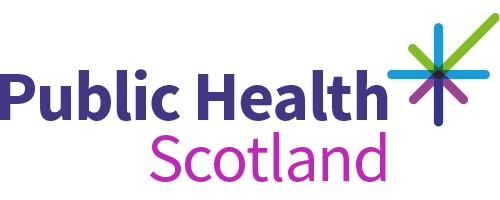NHS Pharmacy First Scotland
1 April 2021 to 31 March 2025
Official statistics
- Published
- 21 October 2025 (Latest release)
- Type
- Statistical report
- Author
- Public Health Scotland
About this release
This biannual release by Public Health Scotland (PHS) presents information on the number and characteristics of patients accessing NHS Pharmacy First Scotland and Community Pharmacy Unscheduled Supply (CPUS) services. Pharmacy First Scotland enables community pharmacists to advise and provide treatment for a range of common self-limiting conditions. CPUS enables community pharmacists to provide patients with up to one prescribing cycle of their repeat medicines and appliances, where obtaining a prescription has not been possible. More detailed information on these services can be found in the dashboard.
The status of this release has now changed from Official Statistics in Development to Official Statistics. Data has been of high quality since the first release and this is expected to remain so. Following developments to add content, as informed by stakeholder feedback (adding information on Community Pharmacy Unscheduled Supply and contractor level activity trends), no further developments are planned, other than those which reflect ongoing changes to services. We will continue to engage with users on the content of this dashboard.
Main points
Pharmacy First Scotland
In financial year 2024/25:
- 36% of the Scottish population (1,942,214) used Pharmacy First Scotland.
- The number of people using Pharmacy First Scotland at least once in a year increased by 56% from 1,242,842 in 2021/2022. This increase is seen in both males and females, all age groups and deprivation (measured by the Scottish Index of Multiple Deprivation. Further information on this can be found in the Data Quality and Interpretation document).
- 60% of people accessing Pharmacy First Scotland were female.
- 81% of people who used the service received an item (for example tablets or cream) at least once. Alternative outcomes to contacts are advice only (for example guidance on self-care) and referral to another health care professional.
- As in previous years, the highest rate of Pharmacy First Scotland use was in the 0-9 year age group (548 per 1,000 population).
- Use of the service was higher amongst people living in more deprived areas, from 337 per 1,000 population in the least deprived quintile to 410 per 1,000 in the most deprived quintile.
Community Pharmacy Urgent Supply (CPUS)
In financial year 2024/25:
- 11% of the Scottish population (599,357) used CPUS.
- The number of people using CPUS at least once in a year increased by 20% from 498,555 in 2021/2022. As with Pharmacy First Scotland, this increase is seen across all demographic groups reported.
- 57% of people using CPUS at least once were female.
- CPUS use increases in older age groups. In the youngest age group (0-9 years) 38 patients per 1,000 population used the service compared with 328 per 1,000 population among the 90+ year age group. 54% of patients using CPUS at least once in this time period were in the 50-79 year age group.
- Use of CPUS varied from 95 per 1,000 population living in the least deprived quintile to 132 per 1,000 living in the most deprived quintile.
Background
Further information on NHS Pharmacy First Scotland can be found on the NHS Inform website and information on Community Pharmacy Unscheduled Supply on the Community Pharmacy Scotland website. More detailed information on the statistics presented can be found in the Background and Data Quality documents.
Further information
The next release of this publication will be April 2026.
General enquiries
If you have an enquiry relating to this publication, please contact Lynne Jarvis at phs.prescribing@phs.scot.
Media enquiries
If you have a media enquiry relating to this publication, please contact the Communications and Engagement team.
Requesting other formats and reporting issues
If you require publications or documents in other formats, please email phs.otherformats@phs.scot.
To report any issues with a publication, please email phs.generalpublications@phs.scot.
Older versions of this publication
Versions of this publication released before 16 March 2020 may be found on the Data and Intelligence, Health Protection Scotland or Improving Health websites.


